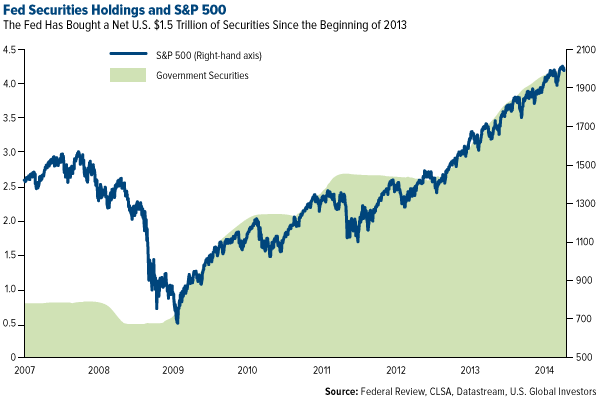Use Volatility Index Before You Trade in Stock Market Investing It!
Post on: 24 Сентябрь, 2015 No Comment

Use Volatility Index Before You Trade in Stock Market
Indian equity market recently saw downslide of Nifty from 5942 points on 11 th Mar, 2013 to 5495 points on 10 th April, 2013 which is a correction of 447 points in a month. NIFTY has been the second worst performer among major indices in the global market. The reasons for such a hefty fall are FIIs pulling out money from the equity market, political instability, analysts on streets expecting poor performances by corporate houses, etc.
There will be many investors who have burnt their fingers in this downfall due to inappropriate entry and exit of stock market. The volatility has been increasing in the market due to reasons discussed above. So, it’s important to use volatility index before you take a call of trading in stock market.
Source: NSE INDIA
 
What does volatility in the market denote?
Volatility is a statistical term used to measure the appreciation or depreciation of investments based on changing mood of the market in short term. It is observed that higher the volatility in the market, riskier is the investment in equities and vice-versa. When there is high volatility in the market, investing for short term is more dangerous than investing for long term.
 
What is India Volatility Index (VIX)?
VIX is a tool to keep a track of volatility and to guide you while investing in market. It measures the short term volatility in the market and gives an indication of the index moving upside or downside based on which an investor can choose call or put options. Volatility index is also known as “Fear index” on streets. When market is uncertain, the VIX goes up or goes down, indicating greed and confidence of investors. As we can analyse from the graphical presentation above, when VIX moved up to 16.51% on 21 st Mar, 2013 Nifty declined to 5659 points and when VIX came down to 14.85% on 1 st Apr, 2013 NIFTY moved up to 5704. There exists an inverse co-relation between VIX and NIFTY, which would guide you in taking investment decisions.
Interpretation of VIX
VIX index is derived from the Nifty 50 Index Option prices. It is computed using the order book (best bid-ask prices) of the underlying index options and is denoted as an annualized percentage. A volatility calculated in % form indicates upside or downside movement over the next 30 calendar days.   In statistical term, percentage VIX calculated is forecasted annualized standard deviation of returns. From the chart, VIX reading of 16.75 means investors are expecting the market to change by 16.75% in short term. It captures the market sentiment which is likely to prevail during the month. When there is a panic/fear among investors, VIX moves up sharply and NIFTY falls. The chart shows that there is a continuous upside movement in VIX from 1 st April, 2013. It has reached 16.97 from 14.85 at the start of April, 2013. Investors, mainly opt for put options in such a bear phase to hedge against decline in their stock portfolios. According to experts (analysts) in derivatives market, VIX reading is different for different kinds of markets. The VIX range of 18-24% is considered as a bull market, 16-21% as a range bound market and 25-40% as a bear market.
Conclusion
VIX serves as a useful tool for stock savvy investors.”Be fearful when others are greedy and be greedy when others are fearful” is a popular quote on streets. So, taking a cue from this quote, an investor should buy stocks when the VIX is up and sell stocks when it is down. It’s all about timing the entry and exit while investing with the help of volatility index. It’s recommended to have a basic understanding of derivative option strategies while analyzing the volatility index and then take decisions to invest (trade).
Hiral Thanawala is a PGDM (Finance) graduate and a Certified Financial Planner with an experience of over 5 years in equity market and personal finance domain. The views explained by him are personal. He can be reached at expert@investmentyogi.com
For more details on stock trading, please click here.














